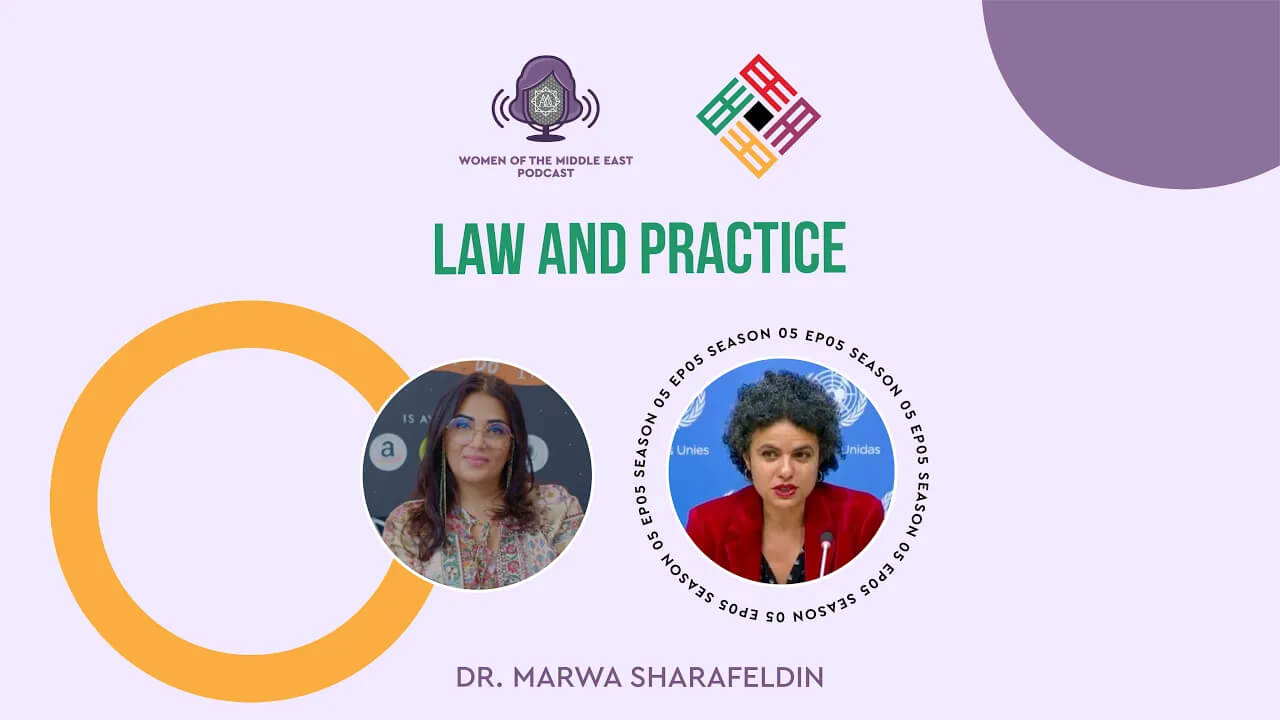Twenty-first century universities make bold promises in their mission statements. They claim that they are…
We are a result of who she is
The real religion of the world comes from women much more than from men – from mothers most of all, who carry the key of our souls in their bosoms.
~Oliver Wendell Holmes
A mother is not only the one who gives birth, but is the carrier of culture, religion and traditions. She is the one who teaches us how to speak, whom to love and how to act in different situations. A mother is the builder of our identities; it is through her that we learn how to perceive ourselves and our position in the society. Her impact on our psychological and socio-cultural make up is grave that she could single handedly “make us or break us”.
The mother is a recurrent theme in my students’ papers. The depiction of their mothers differs according to gender. The mother in male students’ papers is the source of love and support. She is always beside her son when the father is usually busy outside the house. Meanwhile the mother’s depiction is slightly different in female students’ papers, and is due to the multilayered roles that the mother plays in her daughter’s life. The mother in female students’ papers is the one who contributes to her daughter’s success or failure. She is the reason for her sense of belonging or identity crisis and the role model that the daughter longs to be or the figure that she avoids turning into. The mother more importantly helps in the formation of her daughter’s gender identity. The daughter becomes a strong woman if her mother is one and this is evident in cases of working women who are successful outside the house and has certain social prestige and appreciation. Or she becomes a weak woman when her mother is a passive battered woman at home or a social door-mat.
The mother plays a major role in the development of her children’s personalities, but she is her daughter’s role model while the father is his son’s role model. Still the mother’s impact on both sons and daughters is critical as everything she teaches them whether intentionally or unintentionally get internalized by them and stay with them for the rest of their lives. Hence comes the resentment and rebellion that you can find in some of the female students papers, in which the mother’s lack of faith in her daughter leads the daughter to make bad decisions or prove her mother wrong, or a mother’s over-protectiveness pushes her daughter to rebel and stray or follow the path of success yet gradually and cautiously.
Two female student papers stand out because of their very intense and descriptive approach in revealing their relationship with their mothers. A Mexican student in Pittsburgh wrote a self-portrait that revolves around her problematic relationship with her mother; an over-protective mother who calls her daughter several times a day, while her daughter tries to build a life of her own in the States away from her mother’s influence. She ignored her mother’s phone calls. But little did she know that one of these calls that she has been screening was to inform her that her mother was involved in a car accident. The accident was a major turn in the relationship as the daughter having felt that she might lose her mother, she started showing her love and appreciation and the relationship took a happy turn.
Another example is a female student in Doha whose mother who is known for her beauty becomes the main cause of her daughter’s low self-esteem. Her constant criticism of how her daughter looks and acts has led to a severe rupture in their relationship and has led the daughter to detach from her mother. The paper ends with a negative tone, as things don’t get resolved between them. Still it made it easier for the student to confront her mother of the feelings that she has been struggling with and hasn’t been able to articulate till she wrote this paper.
The mother is also a very popular theme in literature. The mother in both Leila Ahmed’s memoir and Yasmin Crowther’s novel is the stranger- the outsider. She is what marks the children as different.
Leila Ahmed in her memoir A Boarder Passage states: “In the fabric of my own consciousness the women among whom I lived and most of all my mother were everything that I didn’t want to be.” When I asked her of what has generated this resentment toward her mother, she told me that she had thought that it was because her mother was cold and distant. She was different as she belonged to a different culture being of Turkish origin. She added, however, that she is no longer sure that these were the only reasons. In the novel Saffron Kitchen, Yasmin Crowther, a product of an Anglo-Iranian household, depicts an Iranian mother who leaves her husband and her grown up daughter, to go back to Iran in an attempt to reconcile between her past and present. The daughter here also suffers from her mother’s detachment and strange behavior and moods.
Both Leila and Sara- the heroine in Crowther’s novel- lived in their father’s countries within the dominant cultures of his people, Egyptian and British respectively. They both spoke their fathers’ languages. Leila not only an Egyptian but like her father is a product of British education and Sara like her father spoke English and felt British. Moreover, both had deeper emotional connection with their fathers rather than their mothers who were distant and didn’t belong to the overall culture. Their fathers were the corner stones of their beings, while their mothers were the wind that shook their sense of belonging.
Both real and fictional characters have been affected by their mothers, as it is the mother who sets her daughter different from others. Both were living in a dominant culture that they were striving to assimilate in; still these cultures looked at them as slightly different. They had been exposed to a sub-culture that was confined to their houses and to certain behaviors and attitudes that belonged to their mothers’ cultures and were imposed on them. They both lived under certain restraints that their peers in the dominant culture didn’t have to deal with. They were physically different due to their hybrid origins, Leila has piercing blue eyes, and Sara inherited her mothers’ dark eyes and black hair. The houses they grew up in looked and smelled differently, as these houses reflected their mothers’ taste.
The mothers were the reason behind their daughters’ identity crises. In the case if Leila, she had to leave her mother to find herself. She left Egypt, finished her post-graduate studies, and resided in the States. Sara, on the other hand, was abandoned by her mother, who left her family in the UK and returned to Iran. In the real life story, Leila had no chance of reconciliation as her mother passed away when she was abroad. She never had the chance to understand the source of resentment that she felt toward her mother and the detachment that her mother felt toward her. Sara, however, followed her mother to Iran in an attempt to understand her. She had to go and see her mother in her native context, the one responsible for who she was. Her sympathy with her mother grew when she heard about her mother’s life from others. She understood that her mother was a result of social and cultural complexities that she would have never been able to imagine. Only then did she find peace with who she was as a hybrid.
The mother as a theme gives richness to any work of art as much as she enriches our lives. There is more to say but no more space left. A mother is life and how can you reduce life to words and confine it to papers!
This entry was published in June 2010 as a column in Woman Today, a Qatari based monthly magazine.
Link to the article
You may also check
In the fifth episode of the Women of the Middle East Podcast, I had the privilege…


